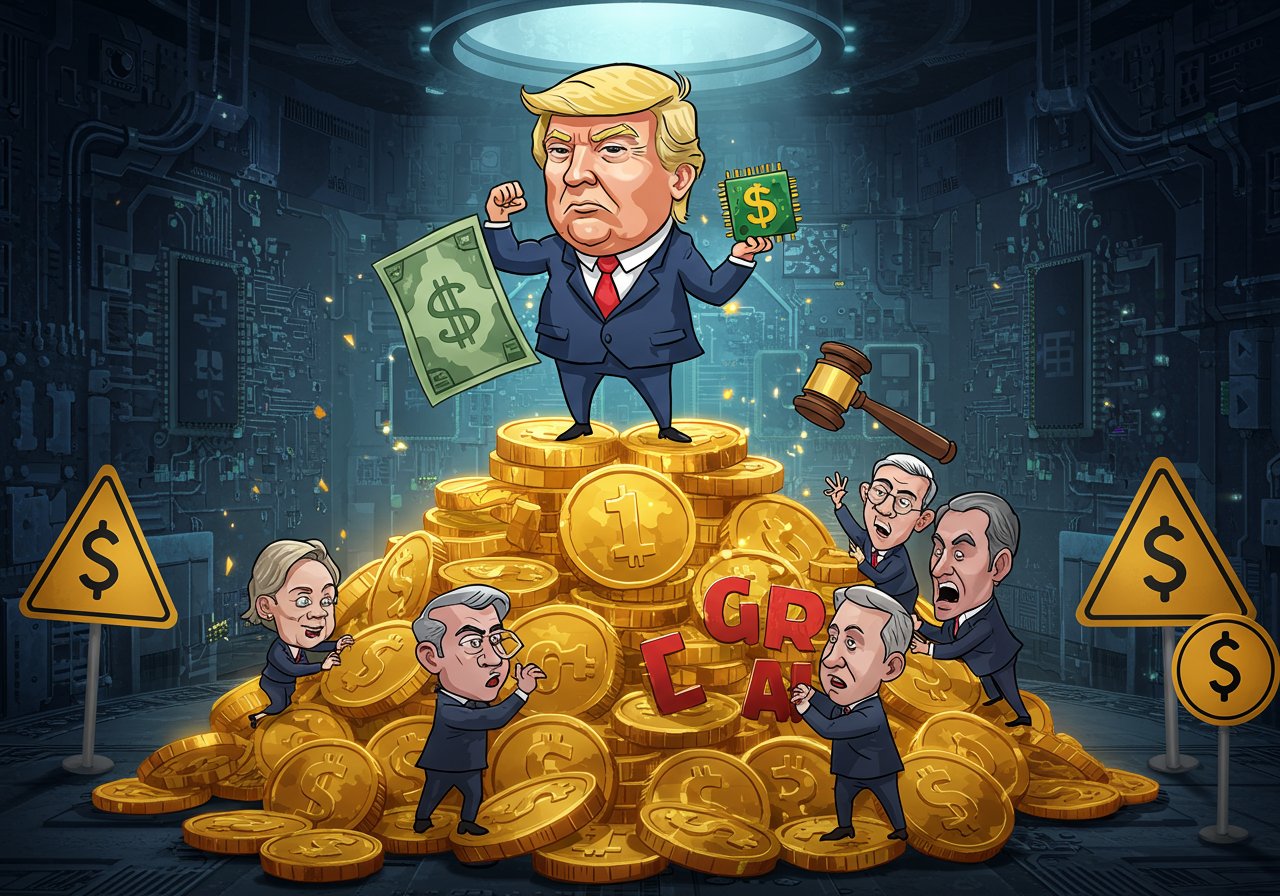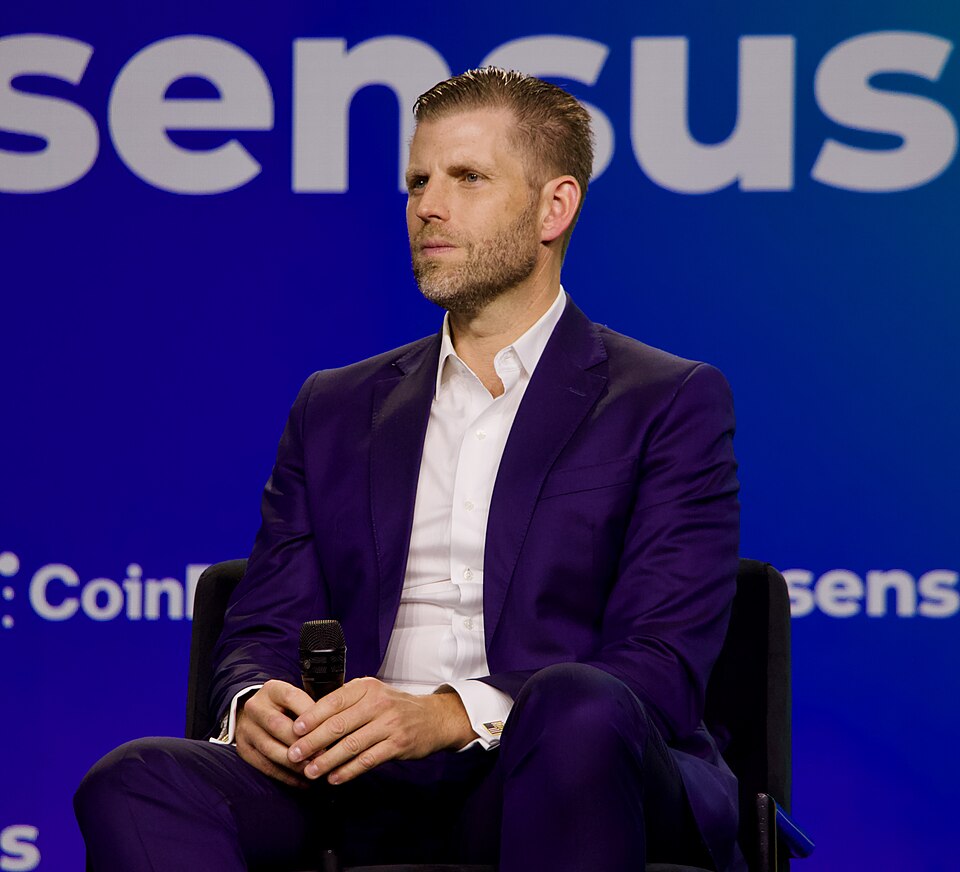
Stablecoins and the Trump Family’s Financial Gambit
Eric Trump, son of former US President Donald Trump, recently declared that stablecoins are poised to “save the US dollar.” This statement, made in an interview with the New York Post, reignites the ongoing discussion surrounding the role of stablecoins in the global financial landscape and particularly, their potential impact on the supremacy of the US dollar.
The younger Trump’s conviction is especially noteworthy given his family’s involvement in the crypto space. He specifically highlighted USD1, a stablecoin linked to World Liberty Financial (WLFI), a crypto project associated with the Trump family. This connection immediately raises questions about potential conflicts of interest, a concern voiced by critics since the project’s initial announcement back in March. Experts, including attorney Andrew Rossow, have pointed out the potential for such ventures to undermine constitutional safeguards designed to prevent financial entanglement within government.

Regulatory Scrutiny and Political Reactions
The Trump family’s crypto endeavors have faced intense scrutiny from both sides of the political aisle. US Representative Maxine Waters has even suggested that the former President might aim to supplant the traditional US dollar with a stablecoin issued by his own initiative. This scenario, if realized, would necessitate the adoption of the stablecoin across all government functions, sparking heated debate.
In response to these developments, the Trump administration, during its time in office, spearheaded the GENIUS Act, which ultimately led to stablecoin regulations. However, critics quickly pointed out that this act did not prevent the President, his family, or their affiliates from profiting from stablecoin issuance or related transactions.
The Dollar’s Future: A Battleground of Ideas
Eric Trump is not alone in viewing stablecoins as beneficial for the US dollar. Federal Reserve Bank Governor Christopher Waller has expressed support for their adoption, believing they could expand the dollar’s global reach. Bryan Pellegrino, CEO of LayerZero Labs, has echoed this sentiment, suggesting stablecoins could be a strategic advantage for the US.
However, not everyone shares this optimistic perspective. Some experts and financial institutions, such as European asset manager Amundi, believe that the new, friendlier stablecoin regulations could jeopardize the US dollar‘s long-term dominance. This divergence in opinion underscores the complex, evolving nature of the stablecoin landscape and its profound implications for the future of finance.
The debate over stablecoins and their impact on the US dollar is far from settled. As the regulatory environment continues to develop and market dynamics shift, the future role of the dollar in the age of digital currencies will undoubtedly remain a subject of intense discussion.


